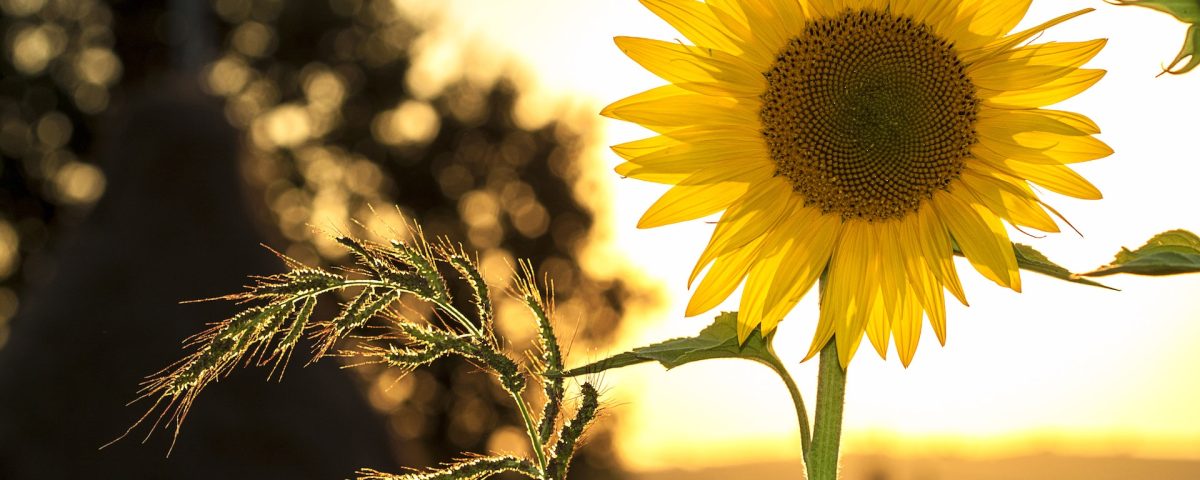Planet Earth is a plant-based biosphere. Plants make it all happen: food, (yes sirree, all of it), medicine, clothing, shelter, the very air we breathe — just to name a few.
Nectar is the reproductive strategy that the plant implores to attract pollinators, think energy, just like you need. Pollen is the protein source, think muscle building, just like you need. Bees drops in for nectar and carry away pollen, only to have some of the pollen grains drop off at their next stop in neighboring blossom of the same species, thus providing the greatest thing ever — cross pollination. Making sense?
Cross pollination makes for hardy, more resilient, healthier fruit bearing plants.
If it flowers, the bees will visit.
Share seeds, Split mature perennials, Guerrilla gardening—toss native seeds in an alley way, or vacant lot and see what happens.
There’s no need to spend money buying seeds and or potted ‘ready to go’ plants. Potted plants from big stores are generally steeped heavily in systemic pesticides. Go with local greenhouses and ASK questions about their practices.
Avoid the pesticide insanity ~ simplify.
Plants for bees (at least a few)
Perennials
- Buttercups
- Clematis
- Cornflower
- Cosmos
- Crocuses
- Dahlias
- Echinacea
- English Ivy
- Foxglove
- Geraniums
- Germander
- Globe Thistle
- Hollyhocks
- Hyacinth
- Hyssop
- Lavender
- Nasturtium Raspberry
- Red Hot Poker
- Rock Cress
- Roses
- Sage
- Salvia
- Sedum
- Snapdragon
- Snowdrops
- Squills
- Tansy
Herbs
- Bee Balm
- Borage
- Catnip
- Coriander/Cilantro
- Fennel
- Lavender
- Mints
- Rosemary
- Sage
Annuals
- Asters
- Calliopsis
- Clover
- Marigolds
- Poppies
- Sunflowers
- Zinnias
Trees
- Alder
- American Holly
- Basswood
- Black Gum
- Black Locust
- Buckeyes
- Catalpa
- Eastern Redbud
- Fruit Trees (especially Crabapples)
- Golden Rain Tree
- Hawthorns
- Hazels
- Linden
- Magnolia
- Maples
- Mountain Ash
- Sycamore
- Tulip
- Poplar
- Willows
Let them grow (wild edibles)


